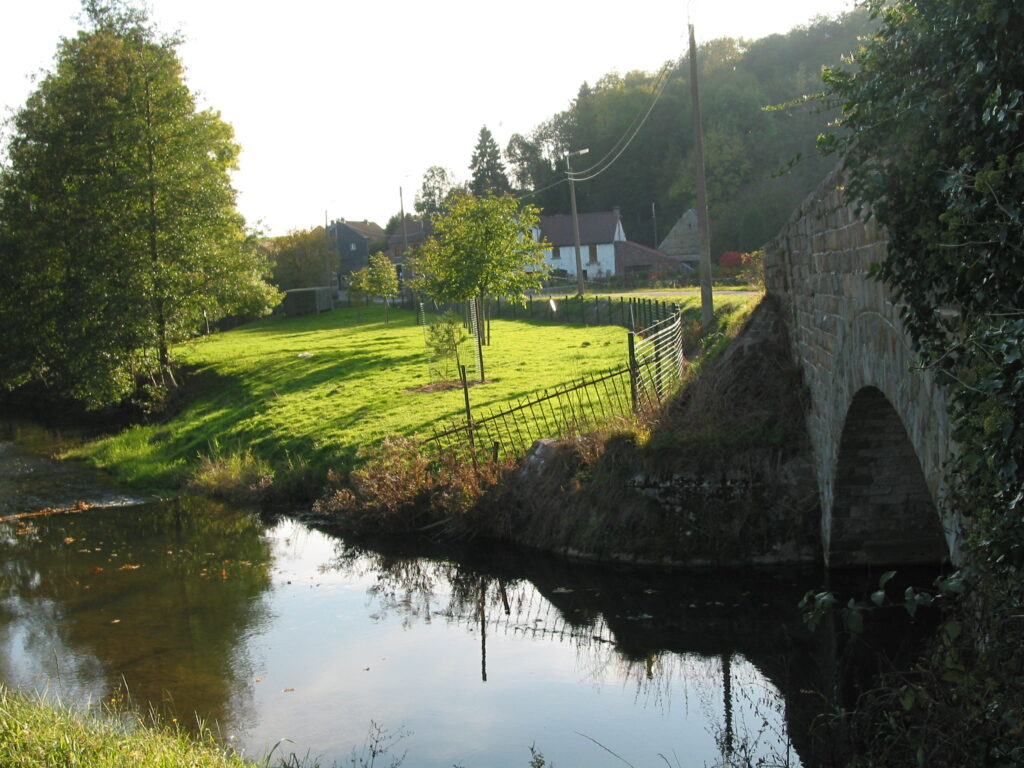European waters are alarmingly polluted by a highly persistent chemical, trifluoroacetic acid (TFA), according to environmental groups who have labelled this as "the most significant known contamination of water on a European scale by a human-made chemical."
The European Network Action on Pesticides (PAN Europe) and its members, including Future Generations in France, tested 23 surface water samples and six groundwater samples from ten EU countries for TFA presence. This chemical derives from the degradation of PFAS, dubbed 'forever chemicals', and also serves as a starter product for some of them.
The analysis, conducted by the Karlsruhe Water Technology Centre, highlighted the omnipresence of TFA in "all water samples," with concentrations ranging from 370 nanograms per litre (ng/l) to 3,300 ng/l. The highest levels were found in rivers such as Germany's Elbe, France's Seine, Oise, and Somme, and Belgium's Mehaigne.
"79% of samples showed TFA levels exceeding the proposed 500 ng/l limit laid down by the European directive on drinking water for all PFAS," the report stated.
However, the report also underlined that TFA is not currently strictly regulated: it is rated as "non-relevant" by European authorities and therefore not subject to the 100 ng/litre limit for certain pesticides and their degradation products in groundwater.
While TFA can result from the degradation of PFAS pesticides, favourably used in agriculture due to their stability, sources could also include certain refrigerant gases and discharges from the PFAS manufacturing industry. Common examples include non-stick coatings for pans, fire-fighting foams, and cosmetics.

